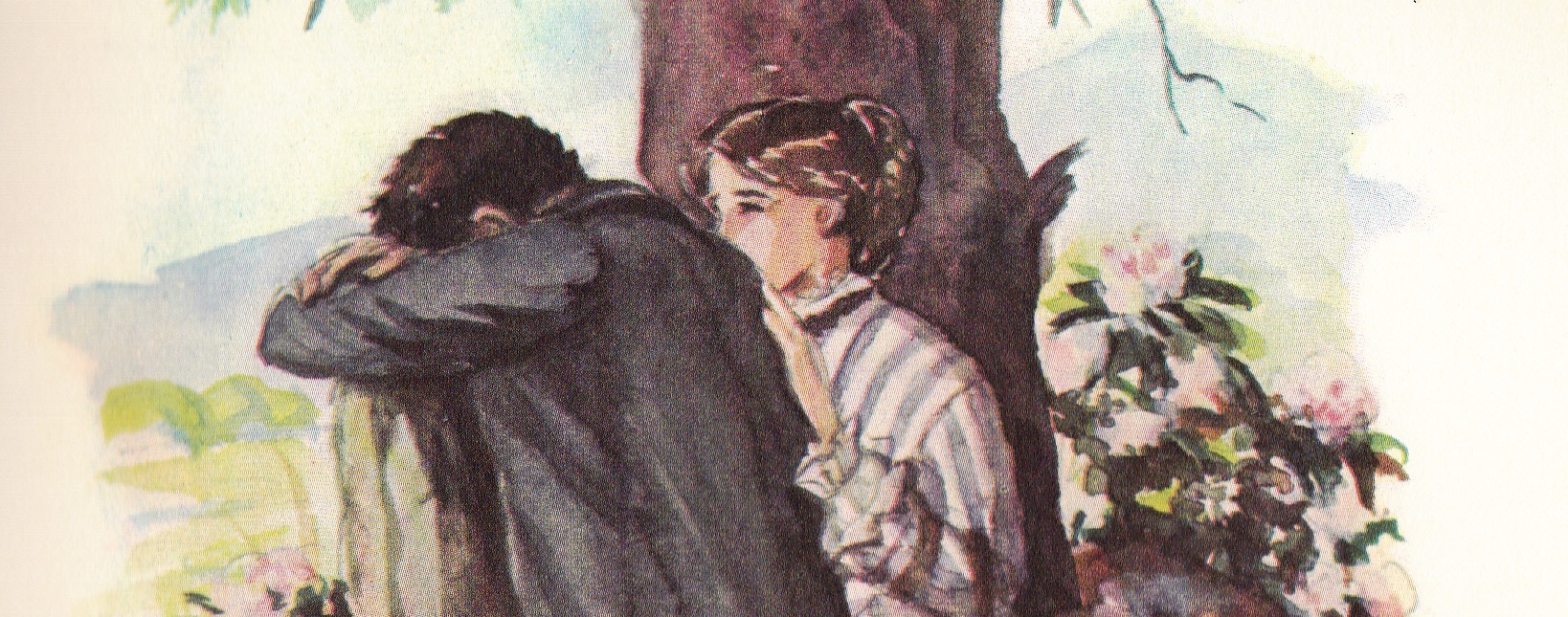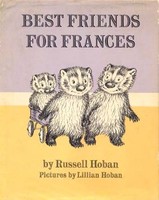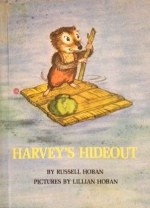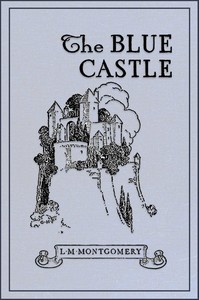It was winter and I was commuting to work on public transportation and my commute involved a train, a shuttle bus, the metro, and a whole lot of standing around at exposed train stations, bus stops and metro platforms. Needless to say, I was feeling forlorn, cranky, sorry for myself, cold and wet, burned out, and slightly put upon.
So I decided to bring my unread copy of The Enchanted April, along for the ride. Why did I have an unread copy of The Enchanted April just lying around for the house? you might reasonably ask. Allow me to explain.
I love, love, love the 1991 movie version, which is critically acclaimed and has Joan Plowright in its cast. However, despite the fact that practically everyone loved this movie, I took a long time joining the party because (1) I was too young to appreciate it when it first came out and (2) when I finally was old enough to appreciate it, I was a bit “over” movies about Italy (having seen one too many films like Il Postino, Under the Tuscan Sun, Life is Beautiful, and Eat Pray Love.)
One day I finally decided to rent it (I’d seen all of the other rom-coms, I guess) and, of course, I loved it. So, I ordered the book. When it arrived, I immediately opened it up to my favorite line (from the movie) where Lotty says:
“I–I’ve done nothing but duties, things for other people, ever since I was a girl, and I don’t believe anybody loves me a bit–a bit–the be-better–and I long–oh, I long–for something else–something else–”
Thus, having satisfied myself that the movie was faithful to the book and having loved the movie so much I couldn’t imagine how reading the book could improve my opinion of the story, I closed the book, placed it safely in the bookcase where it stayed for the next couple of years, while I remained too busy to read it/think about it/think about reading it (I did, however re-watch the movie several times in the interim).
Then the winter of my discontent arrived–or, at least, the winter of my horrid commute–so I read The Enchanted April.
I Was Enchanted
The best thing about this book is that it really is enchanted–not in the sense that it has magic or fairies or pixie dust, but in the sense that it has the very real ability to transport one to a delightful villa in Italy…in April. You feel the sunshine, you smell the wisteria, you taste the pasta. I looked forward to my commute in the cold and fog because it meant I’d get to go to San Salvatore once more. April in San Salvatore beats December in San Francisco hands down.
The downside (for me anyway) of seeing the movie version before reading the book is that the element of surprise is largely removed. Yet, what was surprising was Elizabeth von Arnim’s writing style. She was witty and insightful and I enjoyed her characterizations, especially of some of the characters I found to be more or less one-dimensional in the movie, Lady Caroline and Merlesh Wilkinson, for instance.
For those of us who, on occasion, feel burned out and put upon and need a vicarious getaway, The Enchanted April offers a welcome respite from day-to-day life. You will be transformed, much like our four heroines were transformed. It might be just the thing to beat pandemic fatigue.












